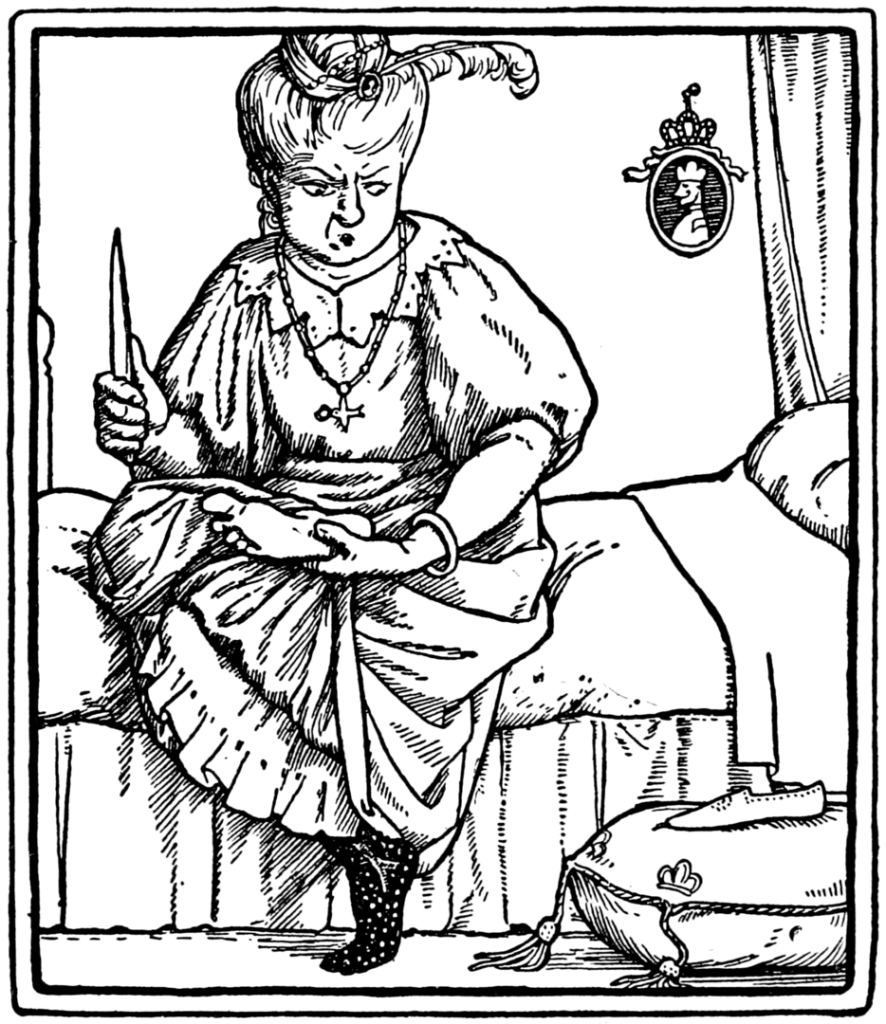Folktales, Film, and their Convergence with Horror
- Usually about ordinary people/everyday life
- The stories include setting, characters, and a problem
- Characters are often flat, representing a specific trait (EX: selfishness)
- Plot begins quickly
- Characters are one-sided
- The plot moves along well-trod paths
- All questions are answered before the end
The process by which a
folktale is turned into a film is a complex process. Due to the fact that nearly
all folktales are passed along orally across many generations, one story can
have many different versions. As such, the content that filmmakers have to work
with can be varying. In order to translate the folktale successfully into a film,
the filmmaker must balance traditional elements and aspects of the story with
modern media demands.
When deciding the story to choose for the film it’s
important to consider how the story and its elements would fair with modern
audiences. Many folktales contain elements of racism, sexism, homophobia, etc. which
would not fair well with modern audiences, so it is important to consider how those
elements factor into the story. Therefore it’s important that filmmakers decide
upon which parts of the original story must remain, and which can be
changed/removed in order to strike the balance between traditional and
original.
Changes to things such as setting, characters/characteristics,
which elements are emphasized or diminished, etc. are all ways in which a filmmaker
can change the folktale. Often, these changes will be made based on the target audience's
needs. In 1950 Disney released Cinderella, an animated
movie made for families/children. However, the original version of the folktale
– made most popular by the Grimm Brothers – was far different. In the original
version, the step-sisters cut off their toe and heel when the slipper wouldn’t
fit, and they would later have their eyes pecked out by doves as punishment for their abuse.
These acts of self-mutilation and violence were not suitable for Disney’s
target audience of young children/families, so they were removed. Additionally,
rather than Cinderella having a magical hazel tree she was given a fairy
godmother in the Disney version. In doing so they made the usage of magic far
more fun and engaging for their target audience. Though some elements of the
story were changed by Disney they still stayed true to the themes, motifs, and
lessons of the original Cinderella story – a perfect example of how to transform
a folktale based on target audience needs.
 |
| Frame from Disney's 1950 animated film Cinderella, depicting one of the step-sisters being unable to fit the slipper on her foot when trying it on. It instead just hangs on the end of her foot. |

Comments
Post a Comment